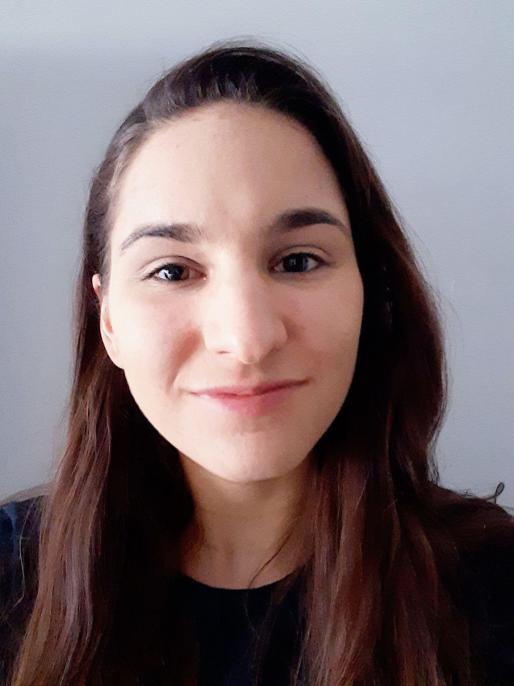
Our exposure to the Sun through the expansion of our spaceborn infrastructure is increasing every year and as a result, so is the potential of space weather to have enormous socio-economic impacts. It is thus becoming highly important to provide reliable space weather predictions; which require both reliable data and reliable physical models.
At KU Leuven, solar weather forecasting is one of our primary interests. We have been working on the development of several space weather tools, one of which is for example EUHFORIA (Jens & Poedts 2018), currently being also utilised as the heliospheric model within the Virtual Space Weather Modelling Centre of ESA. In addition, a tool to compute the dynamics of solar energetic particles, PARADISE (Wijsen et al. 2020), is also being advanced to better predict the potential damage that the solar plasma can have on our space- and ground-based systems. Finally, to better understand the coronal dynamics in detail and to provide better boundary conditions for our heliospheric models, the CFD model COCONUT (Leitner et al. submitted) has been recently developed, which can be used for global coronal modelling as well as for local multifluid studies of a variety of chromospheric processes.
In this colloquium, I will briefly describe the tools mentioned in this abstract, touch on the results of our modelling efforts so far, discuss what needs to be done next and outline where our institutes could further collaborate.
On the video (credited to Wijsen 2020), we can see energetic particle intensity (on the left) as a result of a coronal mass ejection from the Sun (on the right). The ejected plasma accelerates and energises particles, which can then damage both space- and ground-based electrical systems - and that is why forecasts of this particle intensity are important.